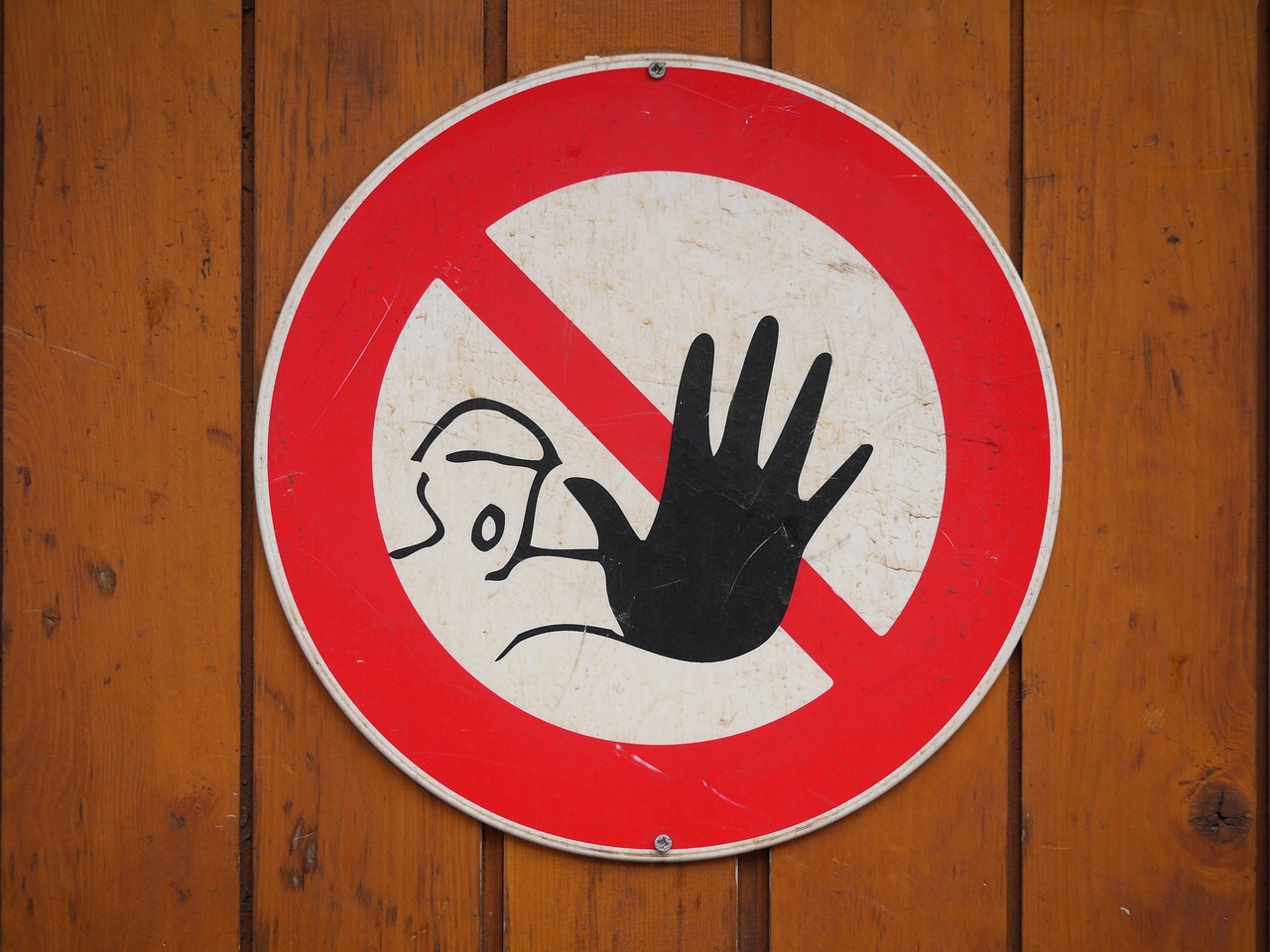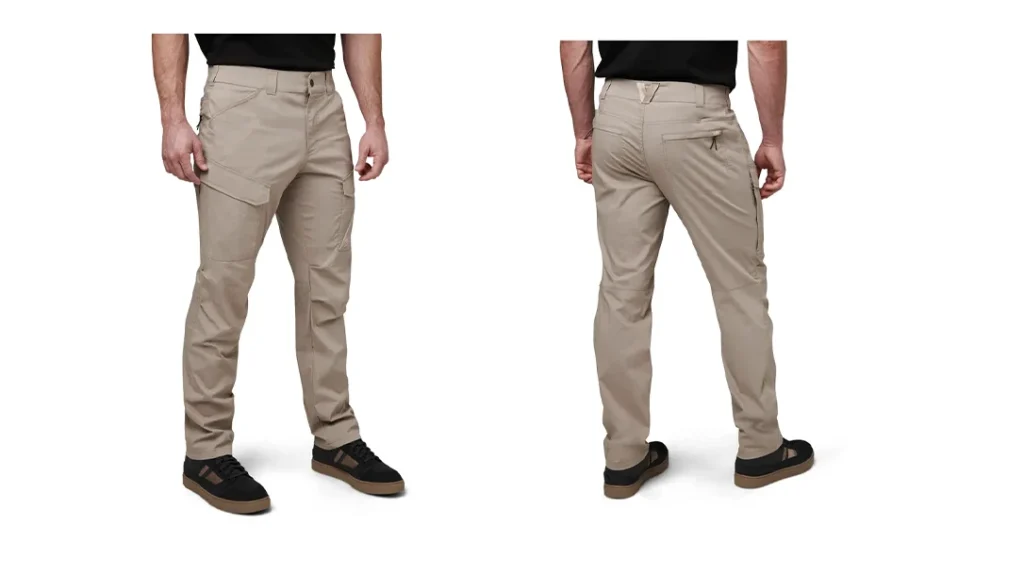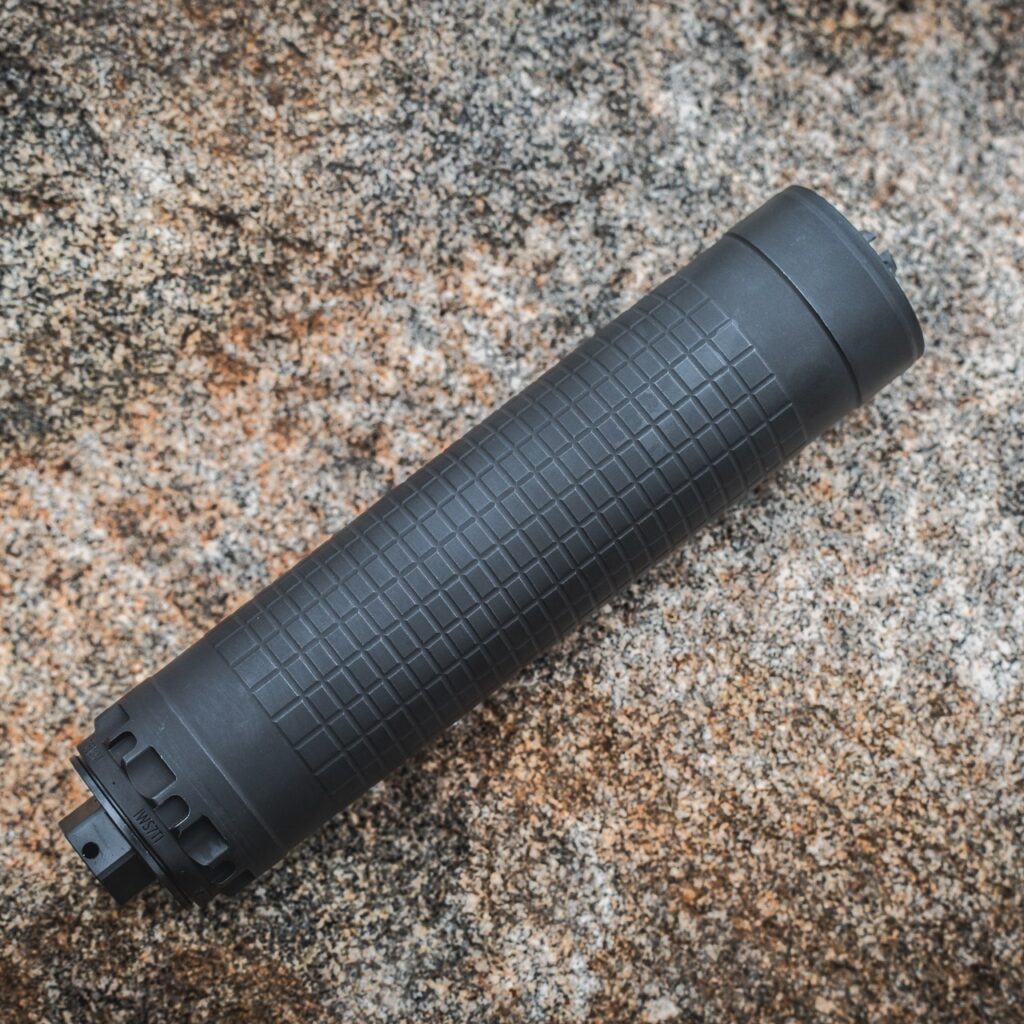It’s been a bit since we last looked at survival myths. You can read previous installments here and here. Let’s take a run at a few more.
Survival Myth #1 – Improvised Water Filters
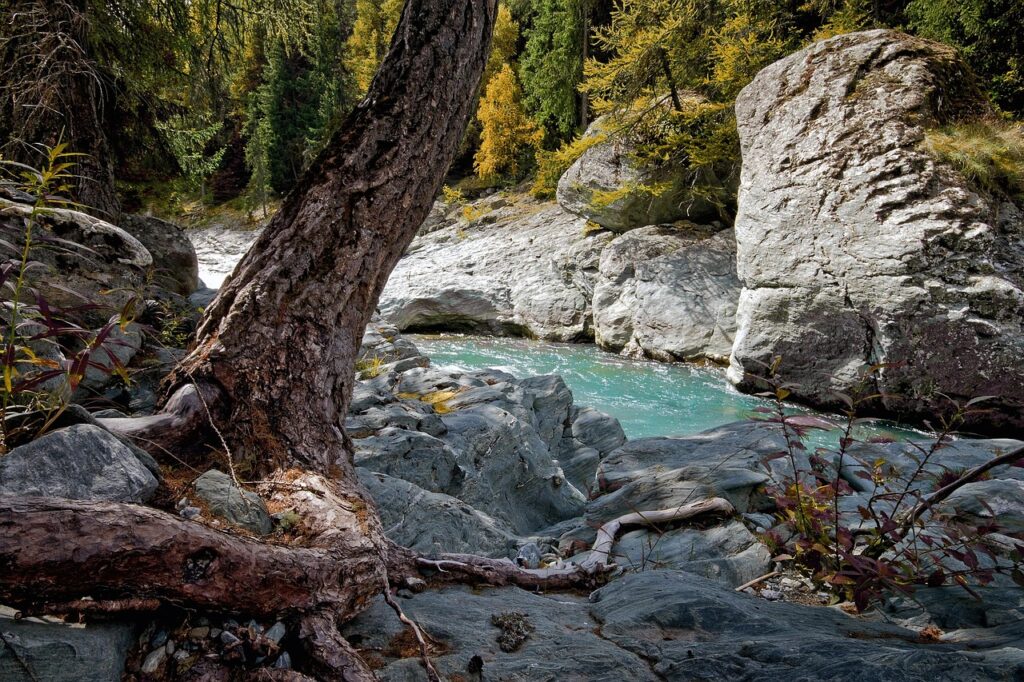
This one routinely makes the rounds on social media. It’s also been featured in countless survival manuals. To be clear, it isn’t exactly wrong, but it’s often misunderstood and the instructions aren’t always clear about the filter’s capabilities. The configuration varies, but the gist of the filter is putting together layers of material for the water to flow through. These may include gravel, sand, and charcoal.
Advertisement — Continue Reading Below
These filters are sometimes created using an inverted 2L bottle with the bottom cut off. The problem with this sort of filter is that while it can remove sediment and debris, it does nothing about waterborne pathogens. This isn’t always mentioned in discussions about this DIY approach. The water will still need to be boiled or chemically treated to be safe to drink.
Survival Myth #2 – Hypothermia is Only a Winter Risk
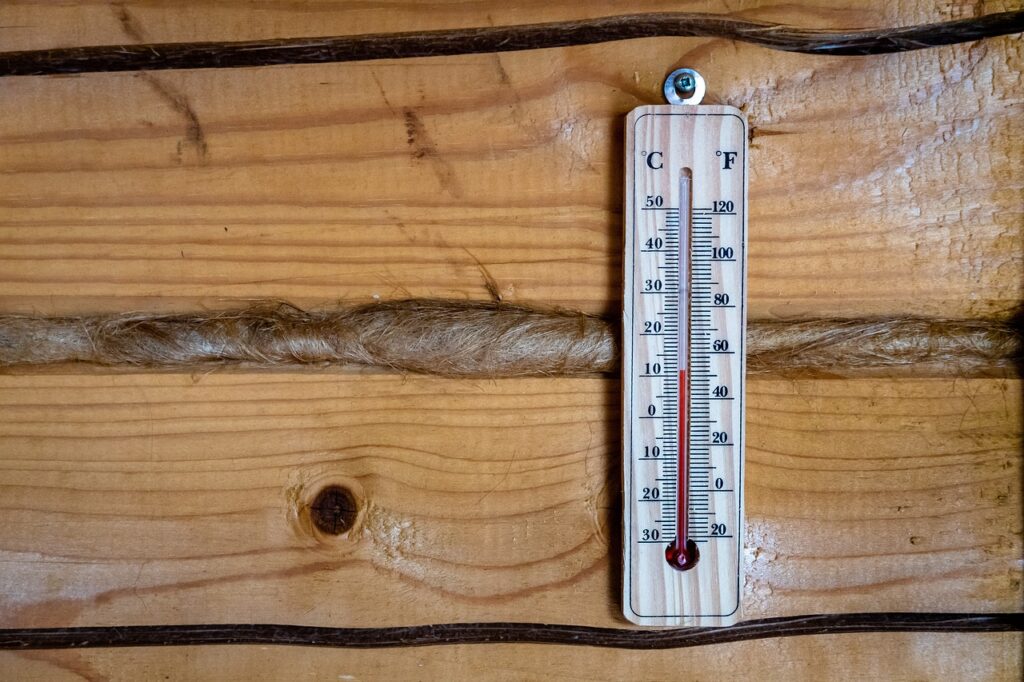
In very simplistic layman’s terms, hypothermia is what happens if you get too cold. It’s defined as your body core dropping below 95F. The body is losing more heat than it can replenish. Left untreated, it can lead to heart and/or respiratory system failure. Make no mistake, this is a serious condition. The thing is, it doesn’t only happen in the winter.
Advertisement — Continue Reading Below
While it’s probably more common during that time of year, hypothermia can set in even in the summer. You’re on a casual summer hike and dressed in shorts and a T-shirt. You missed the weather forecast and ended up getting caught in a sudden downpour. You are soaked to the bone. As the rain moves through, the temperature goes from 75F to 65F and breezy. If you don’t find shelter and get out of your wet clothes, you’re not going to have a fun time.
Survival Myth #3 – 24 Hour Wait for Missing Persons
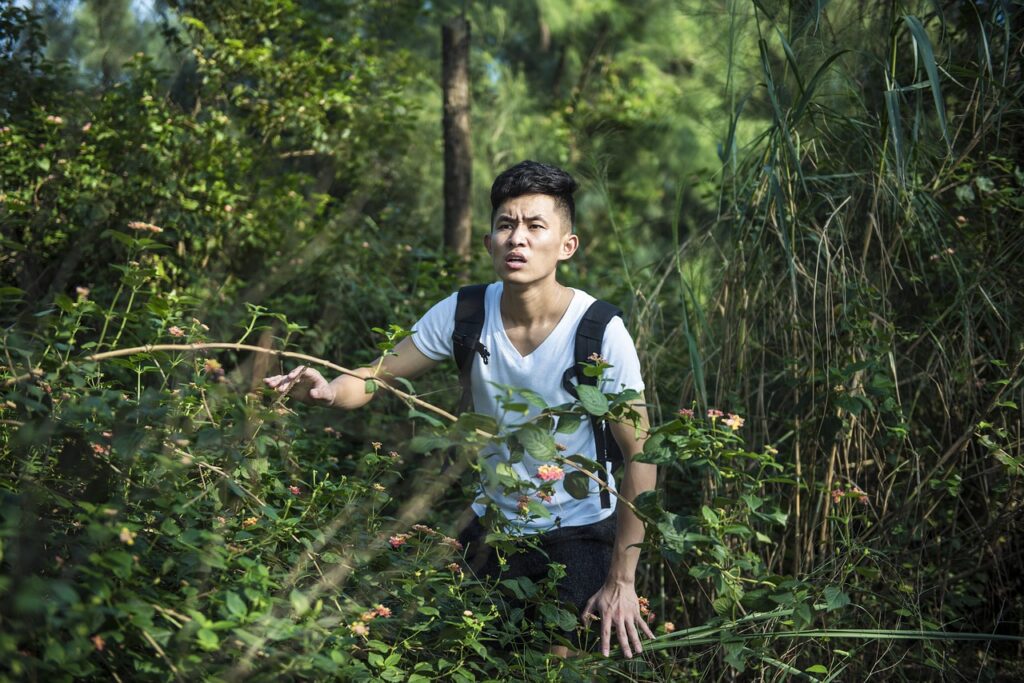
We see this on TV and in the movies. Someone goes missing, and when their best friend, lover, coworker, or whoever goes to the police, they’re told that the person must be missing for at least 24 hours before they’ll do anything. Out here in Big People World, that’s not the case.
Advertisement — Continue Reading Below
Authorities want to know about a missing person as soon as possible. The faster they can act, the fresher the trail will be. This is true whether the person disappeared out on the trail or in a city.
Survival Myth #4 – Jump in a Falling Elevator
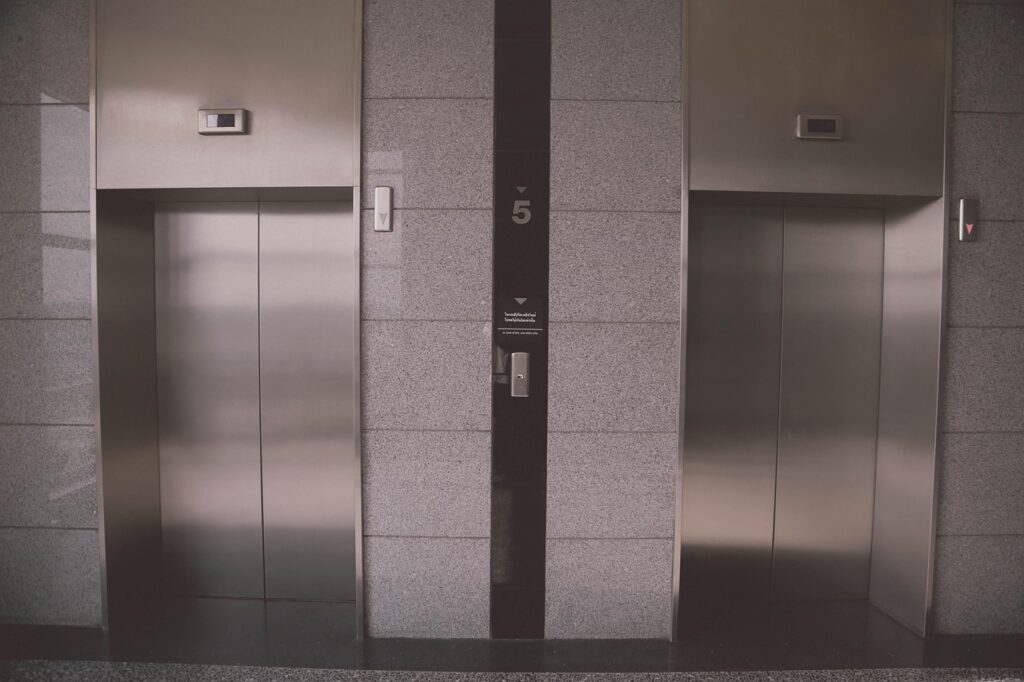
This myth is kind of silly, but I figured we’d include it anyway. The theory goes that if you’re in a falling elevator and you are able to jump up and be in midair when the elevator crashes, you’ll avoid injury. Yeah, not so much. You’re still in freefall, just like the elevator.
Advertisement — Continue Reading Below
You might slow your speed slightly by jumping up, but it isn’t the fall that hurts. It’s the sudden stop at the end that causes problems. A better approach is to lie flat and protect your head as best you can. This will spread the force of impact across your body.
